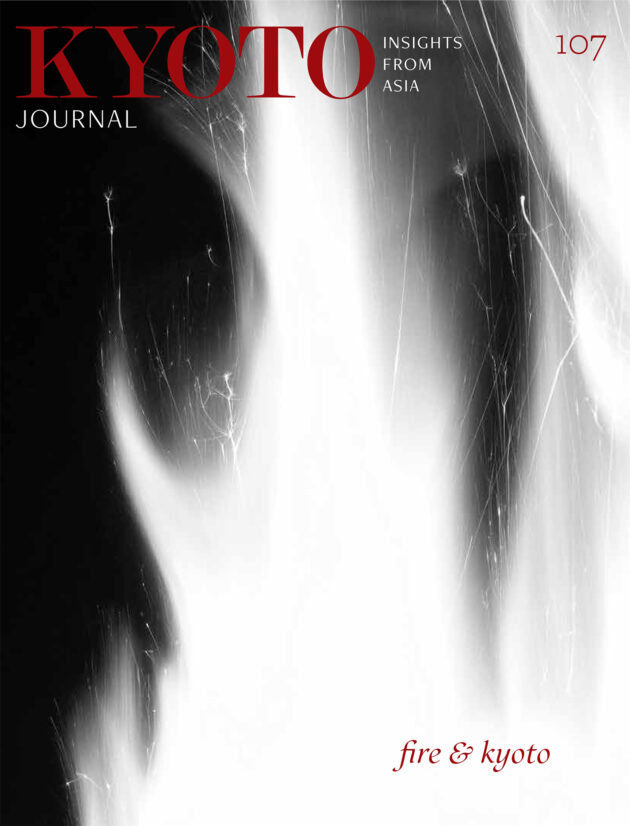EXPLORE THE KYOTO JOURNAL
Discover quality writing from Asia in our award-winning magazine. Stimulating interviews and profiles; excerpts of works translated from Asian languages; fiction, poetry and book reviews, as well as a fresh look at the city KJ calls home.
- ALL
- FICTION, POETRY & REVIEWS
- HIDDEN JAPAN
- IN TRANSLATION
- INSIGHTS FROM ASIA
- OUR KYOTO
- TOKONOMA
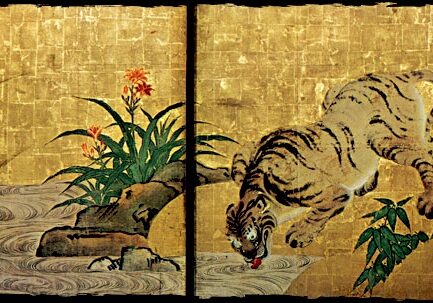
Nanzen-ji
As a special online preview to our ‘Water in Kyoto’ issue, Paul Rossiter’s poem ‘Nanzen-ji’ reveals an example of how vitally water is intertwined with Kyoto’s rich cultural legacy.
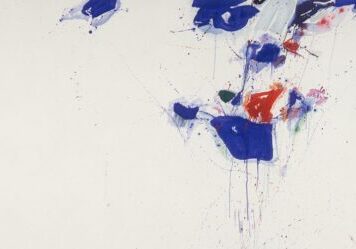
Ink Dreams and the Space of Effusion
Ma is a favorite topic of Kyoto Journal contributors. The two books under review, companions to site-specific exhibitions presented by the Los Angeles County Museum of Art (LACMA), are overflowing with ma in reproductions of 20th-21st artworks created by artists from East Asia and beyond in a variety of media. The two beautifully printed, these large-format full-color volumes include essays by art historians, curators and other scholars, as well as in-depth artists’ biographies and a sense of the dynamic cross-cultural milieux in which they lived.
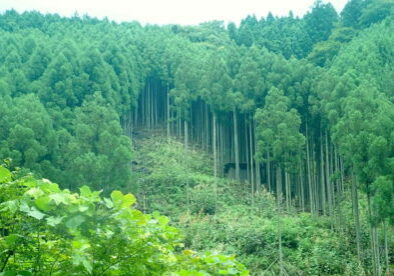
Feeling the trees shivering: endangered environmental knowledge in northern Kyoto
For more than 400 years, villagers in the northern mountains of the Yamashiro basin (an area now incorporated to the modern administrative system of Kyoto city) have developed a special relationship with trees—in particular, with one specific type of tree, the cedar or Cryptomeria japonica, called sugi in Japanese.

Lost in Tokyo
William Olsson’s adaptation of Catherine Hanrahan’s semi-autobiographical novel Lost Girls & Love Hotels (September 2020) is a visceral inquiry into trauma, survival and the people who help us see the light at the end of the tunnel.
Although the main character, Margaret’s (Alexandra Daddario) background remains elusive, cinematographer Kenji Katori conveys the duality of her frame of mind through shifting surroundings, offering a riveting sensory experience.
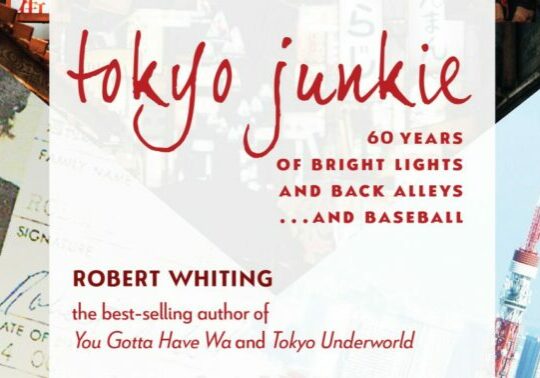
An Addict’s Memories
The city Robert Whiting stepped into in 1962 bore little resemblance to the urban utopias of its ambitious future architects and town planners. The capital’s long-suffering residents stoically put up with contaminated rivers, suspect tap water, the extraction of night soil by suction trucks, and legions of rats. In the short interim between the end of the war and the author’s arrival, Tokyo’s hastily created, prefabricated structures were already in an advanced state of decomposition. Surveying the broken, odiferous city, ravenous crime groups, known as yakuza, closed in like hyenas…

Finding Her Inner Jewish Soul in Japan
It has been common for several decades for Westerners in Japan to seek enlightenment and spiritual comfort in Buddhism and other Asian religions. It’s a well-traveled road, but Liane Wakabayashi’s path to spirituality in Japan, as depicted in this book, is unique. A native New Yorker and a not-strictly-observant conservative Jew, Liane Grunberg (later Wakabayashi) first came to Japan to cover blockbuster art exhibitions held in department stores for a Conde Nast magazine in 1985 and then again in 1987. She lost her return ticket the second time and ended up staying…
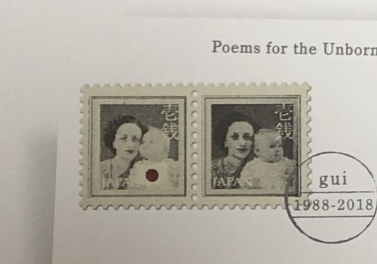
The Possibly Enlightened Aplomb of John Solt
Best known as a “Japanologist” (a term he might reject) for his critical study Shredding the Tapestry of Meaning: The Life and Poetics of Kitasono Katue, John Solt is less known for his poetry. This collection, Poems for the Unborn, lovingly, methodically, assembled and presented here bilingually in hardcover, a coup of book design by Tetsuo Haketa, is drawn from the contributions Solt has made over 30 years to the private coterie organ, gui, an ongoing journal based in Tokyo.
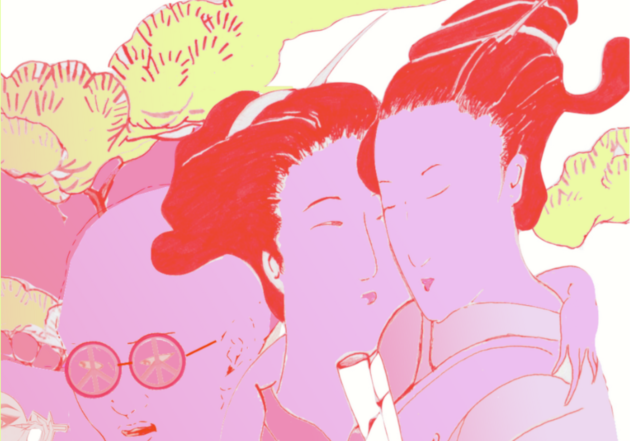
Required Reading
Editor Barbara Summerhawk explains in her useful introduction to the “Gender / Queer / Here” issue of the Tokyo Poetry Journal that in selecting the poets whose work appears in this volume she was taking a big tent approach: “ . . . there are no divisions in this book between lesbian/gay/bi/trans/intersex/asexual/ally; some poets have chosen to identify themselves a certain way in their bios, others have not.”
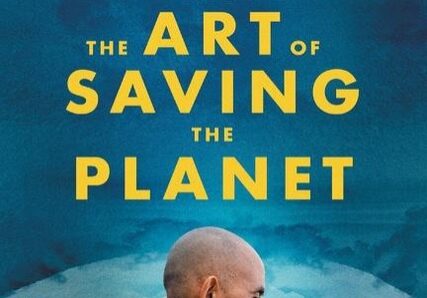
A Silent Sage on the State of the World
Zen and the Art of Saving the Planet takes many of the greatest hits of Nhat Hanh and presents them as a single, running discourse on the perilous state of the world and how the Vietnamese Zen sect of Buddhism with which Nhat Hanh is affiliated — especially the socially active brand of “engaged Buddhism” he made popular in both the East and West — offers a viable road out of this human-created morass.
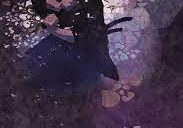
A Cut Above
The samurai is iconic to Japanese history. These two titles provide the reader with engaging depictions of an ancient warrior culture. Strokes of Brush and Blade: Tales of the Samurai is a collection of historical short fiction by modern Japanese authors. Forty-seven Samurai: A Tale of Vengeance and Death in Haiku and Letters was written in English by Hiroaki Sato, prolific Japanese author and translator.
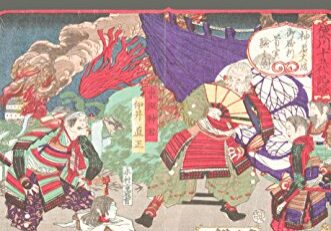
“What Becomes a Legend Most?”[i] Medieval Hobbies, Gift Giving and Grizzly Power Grabs
Spectacular Accumulation: Material Culture, Tokugawa Ieyasu, and Samurai Sociability by Morgan Pitelka. Honolulu: University of Hawai‘i Press, 240 pp., $60.00 (cloth). Spectacular Accumulation: Material Culture, Tokugawa Ieyasu, and Samurai Sociability is, like a thought-filled offering, at the same time scholarly and accessible. In this fascinating analysis of ego-satisfaction among the leading influencers during…
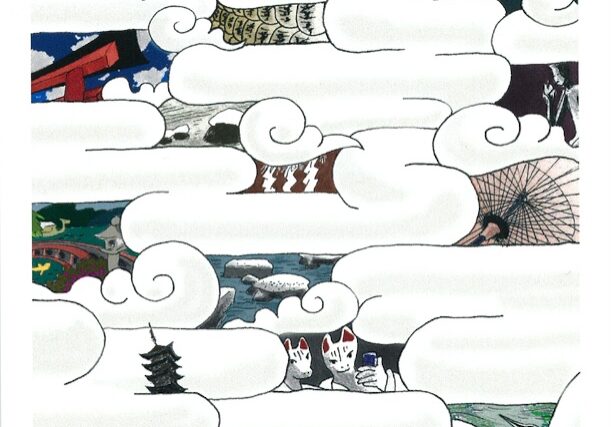
Kyoto View 92: a postcard by Tiery Le,..
Readers who ordered KJ100 received various selected bonus inserts (as a way of celebrating this centennial issue); among them was a unique, specially-designed postcard by local artist and long-time KJ contributor Tiery Le,.. This view is a quirky contemporary Tiery riff on the rakuchu rakugai zu screen paintings of feudal-era Kyoto, those richly detailed bird’s-eye…
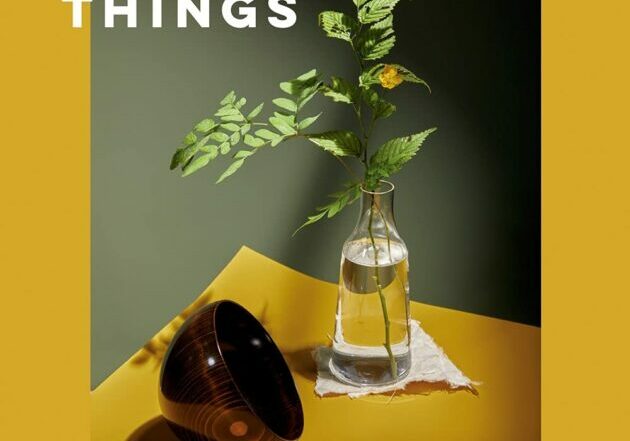
Savoring the Artisan’s Life in a Japanese Mountain Town
Water, Wood, and Wild Things: Learning Craft and Cultivation in a Japanese Mountain Town by Hannah Kirshner. New York: Viking Press, 368 pp., $26.00 (cloth). It was the writer Junichiro Tanizaki, in his book In Praise of Shadows, who famously described the mysterious beauty of a lacquer bowl when seen in the flickering shadows of…
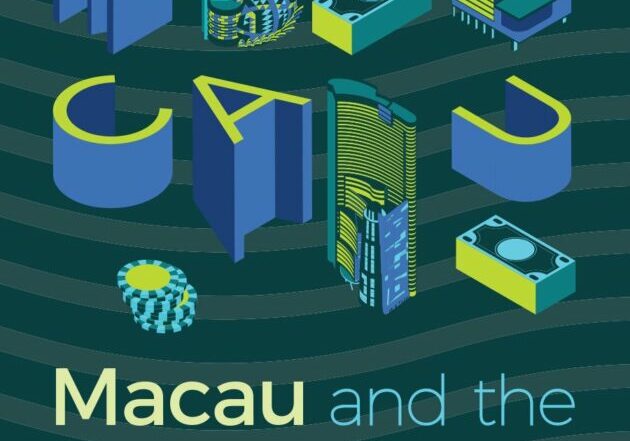
Complex Urbanism
Macau and the Casino Complex Edited by Stefan Al. Contributing Editors: Lee Kah-Wee And Natalia Echeverri; University of Nevada Press, 2018 224pp Stefan Al’s latest book Macau and the Casino Complex is the latest in his collection of seemingly bi-annual publications capturing the special urban conditions emerging in the Pearl River Delta. It follows Factory…
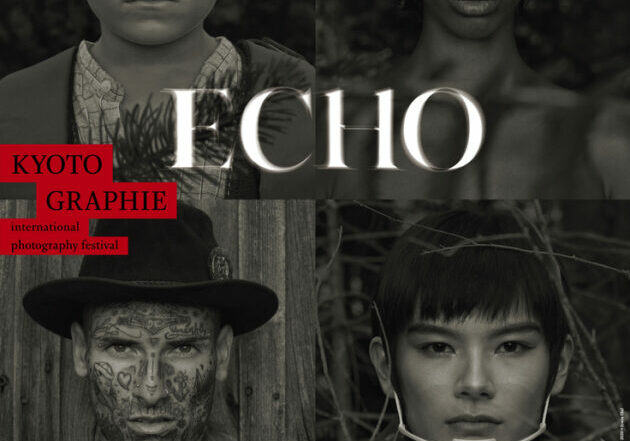
KYOTOGRAPHIE 2021 “Echo”
Japan’s first truly international art festival was born of the 2011 Great East Japan Earthquake, tsunami, and nuclear accident, while this year’s edition, entitled “Echo,” has gone ahead amid the challenges posed by the ongoing COVID-19 pandemic. Exploring such themes as natural disasters, the pandemic, and sexual abuse, “Echo” might seem unremittingly dark, but among the 14 main exhibitions a current of profound and non-facile hope pulsates to the surface in unexpected ways.
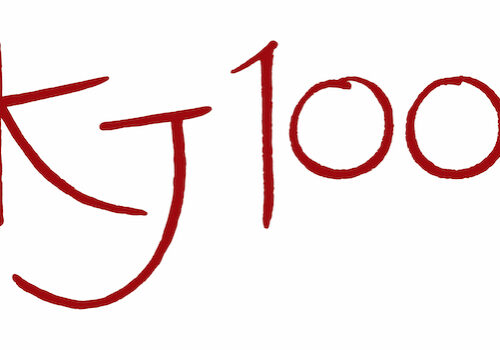
The Dento Bento
This memorable article by one of Kyoto Journal’s earliest regular contributors, Jonah Salz, on how Kyoto presents its living cultural heritage to visitors, appeared in our third issue, in 1987. Remarkably, it has hardly aged at all. Meanwhile, Jonah is still waiting – patiently – to see “dento bento” become a meme. Maybe this time…?…

NOTES OF A TRIP TO KYŌTO
On the back cover of KJ 100 is a short quote from the celebrated Meiji-era writer Lafcadio Hearn, describing lantern decorations he saw when visiting Kyoto (from his home in Kobe) for its 1100th anniversary celebrations in 1895. He recorded his impressions of Kyoto in a multi-part essay anthologized in his 1897 book Gleanings in…

EXTRA!
KJ100: EXTRA! On this page we present additional views, impressions and visions of Kyoto, as an ongoing project complementing our print edition, KJ100: ‘100 Views of Kyoto – a Tribute.’ Kyoto View 18: Finding Home – Lauren W. DeutschWhen I passed a huge statue of Kannon, standing guard 24/7 by the door of one of…

